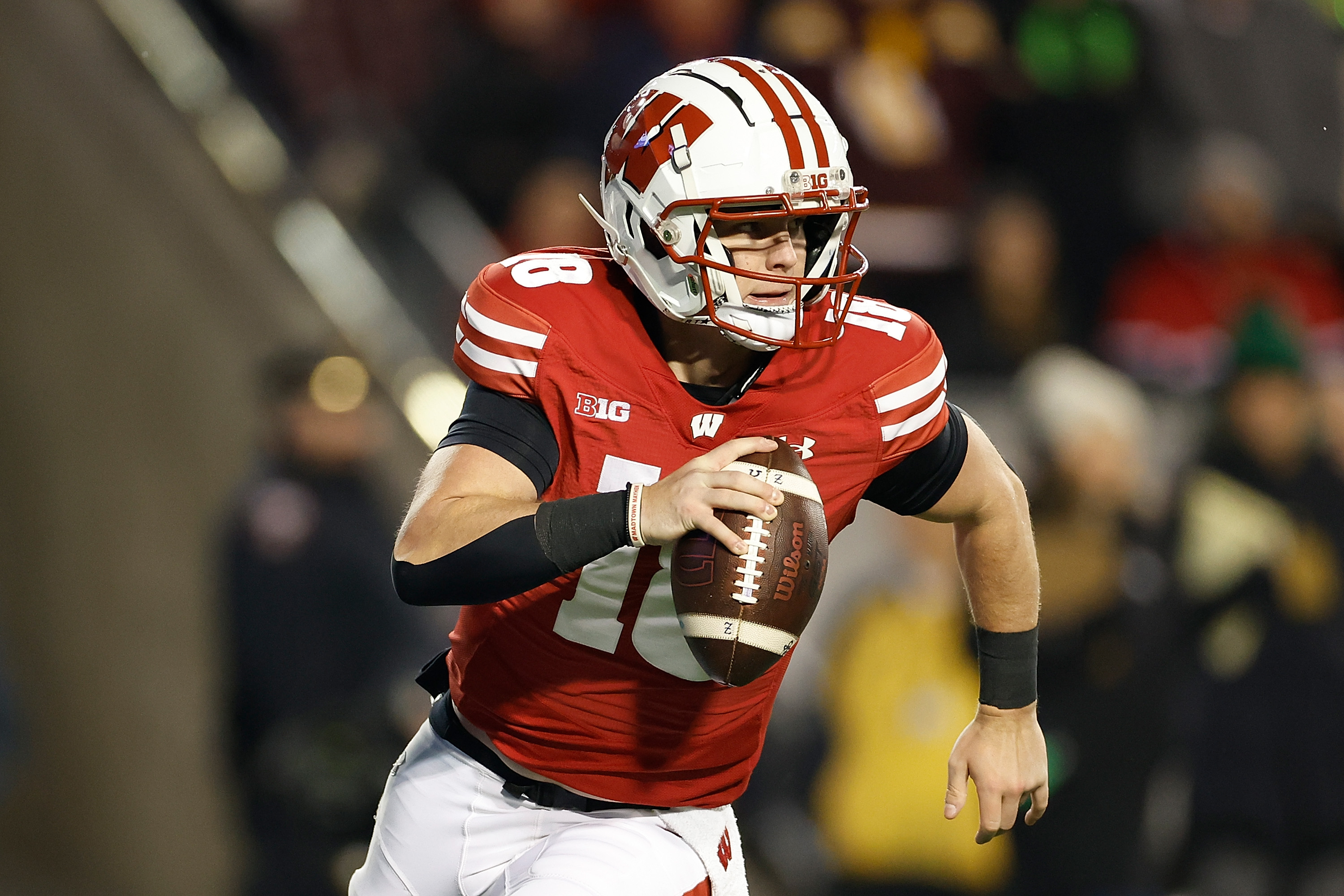Richard McGuire’s Here, though all of six pages long, is a classic of the 1980s alternative comics movement. Three dozen black-and-white panels depict the same corner of an anonymous living room at different points in time, as its inhabitants read the newspaper, listen to the radio, pose for pictures. There are smaller panels within the panels, juxtaposing mundane events and conversations from different eras. We see the living room being built in the early 20th century and demolished in the futuristic 21st. A dinosaur stomps through the primordial terrain where the room will one day stand. It’s a fascinating experiment in non-linear storytelling within a famously sequential artform, with the meaning partly left open to interpretation.
First published in the influential comics annual Raw (the same magazine that serialized co-founder Art Spiegelman’s Pulitzer-winning Maus), Here was much later expanded by McGuire into a full-color, 300-plus-page graphic novel, which writer-director Robert Zemeckis has now adapted into a movie that is both a bold conceptual and technical experiment (a big-budget production filmed entirely from one camera angle, with a cast smothered in elaborate aging and de-aging effects) and an exercise in sentimentality and self-congratulatory Baby Boomer nostalgia.
The most obvious point of comparison within Zemeckis’ own filmography is Forrest Gump, which isn’t at all coincidental, given that Here reunites the director with Gump stars Tom Hanks and Robin Wright and its screenwriter, Eric Roth. But the more winning qualities of that 30-year-old monster hit (namely, its sense of humor and irony) are largely absent, as is the ambiguity and elegance of McGuire’s source material.
Much of what transpires in the film’s fixed point-of-view—a single wide shot of a suburban den with a fireplace, a street-facing picture window, and a succession of sofas—involves members of the Young family: eldest son Richard (Hanks); his high-school girlfriend and later wife Margaret (Wright), and Richard’s parents, alcoholic World-War-II-veteran-turned-salesman Al (Paul Bettany) and long-suffering housewife Rose (Kelly Reilly). After a prehistoric prologue (touching on, among other things, the extinction of the dinosaurs), Here eventually makes its way to an elderly Richard, introduced visiting his family home some years after he sold it.
Apart from this early scene (which provides Zemeckis and Roth’s script with an obvious bookend), most of the story of the Youngs is told more or less chronologically. Al and Rose buy the house in the post-war years for a whopping $3,400. They have three children, introduced through a montage of Christmases. Over time, Al grows more bitter and mean while his oldest son grows up from a boy into an approximation of a teenager, played by Hanks with the help of cutting-edge VFX that succeed in making a sixty-something man look about 35. The use of frames-within-the-frame is carried over from McGuire’s original comic and subsequent graphic novel, but instead of creating intriguing juxtapositions, these are mostly used to handle transitions between scenes (which at least works better than the handful of scene transitions that are accomplished through jarring morphing effects).
The years pass. Richard and Margaret get married in the living room; their daughter is born on the couch. He gives up on his dream of becoming an artist to sell life insurance. She gives up on her plans of going to college and ends up working as a secretary. They keep planning to move out and get a house of their own, but that sitcom staple, the “big promotion,” never comes. The 1970s give way to the 1980s, and before long we’re in the early 21st century, the tone veering from mawkish to patronizing. “Time sure flies, don’t it?” utters Richard on more than one occasion, a bad case of Saying the Theme Out Loud that even the other characters acknowledge is a cliché.
In between scenes with the Youngs are parallel stories set in other time periods, which are similarly more or less linear. These depict the two families that lived in the house before the Youngs; the family that will move in after them; and the site’s history as a tribal ground and, later, as part of a colonial plantation owned by an illegitimate son of Benjamin Franklin. The obvious idea (emphasis on the obvious) is the living room is a microcosm of the everyday human experience and, to some extent, of the ups and downs of American history.
But the non-Young narratives never rise above corny, cutesy, occasionally groan-worthy filler, and the central narrative feels less lived-in and fly-on-the-wall than hectic, stagey, and claustrophobic, crammed with the mass cultural experiences of Zemeckis’ generation: tinsel-strewn Christmas mornings, 8mm home movies, living room TV, the Beatles on Ed Sullivan, making out on the couch, constant complaints about taxes. For all of its ambitions, Here is ultimately too simplistic to work as either a domestic drama or a deconstruction of the same—an experiment in storytelling that turns out to be an object lesson in undercooked ambition.
Director: Robert Zemeckis
Writer: Robert Zemeckis, Eric Roth
Starring: Tom Hanks, Robin Wright, Paul Bettany, Kelly Reilly
Release Date: November 1, 2024




















 English (US) ·
English (US) ·